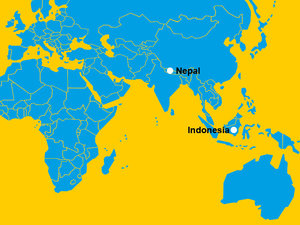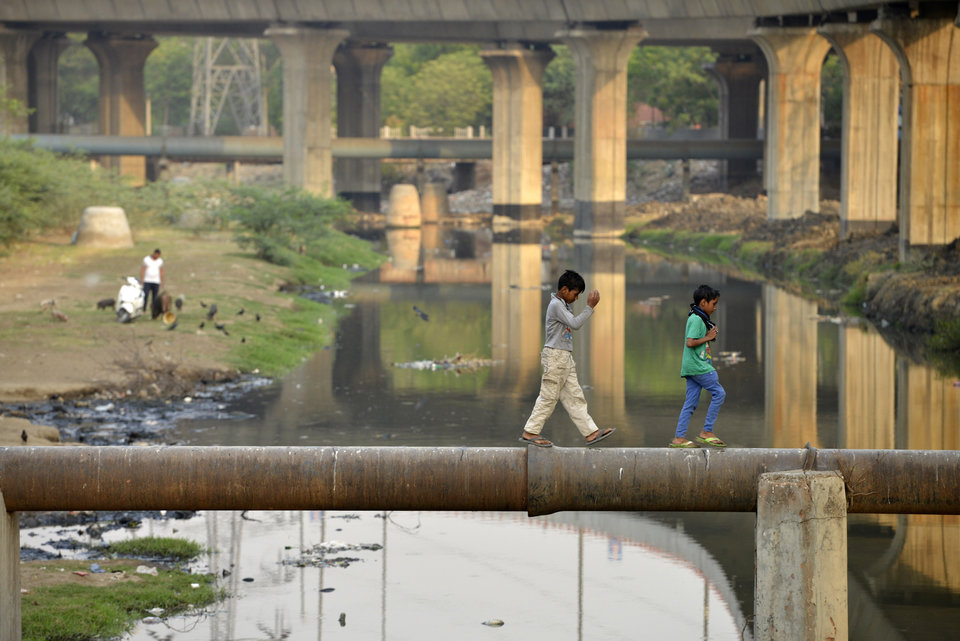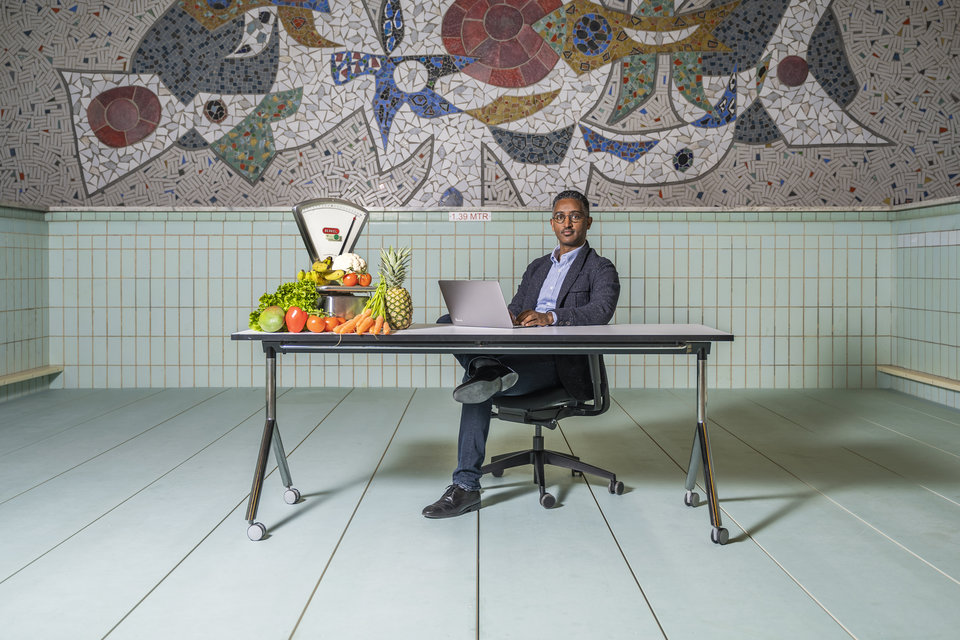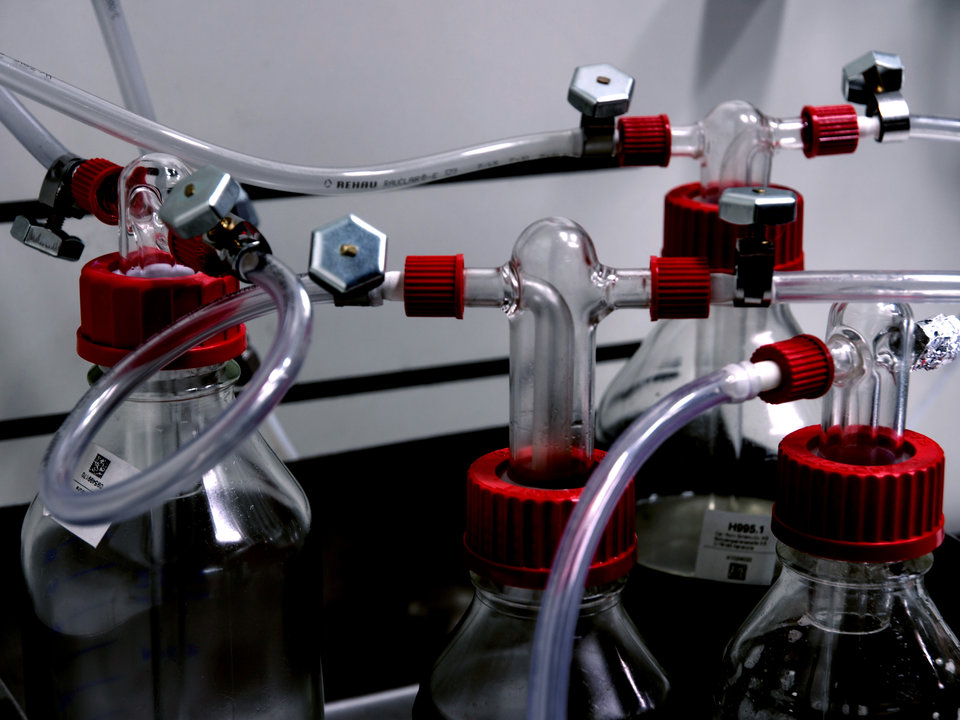In mountainous countries all around the world, people usually farm next to local rivers and canals because it’s too expensive to pump water to land at higher altitudes. On a quest to develop technologies that benefit people economically, Delft start-up aQysta designed a water-pump that requires no fuel, enabling small-scale farmers to grow crops 20 to 30 metres above river level.
“There is a big market for pumping water to higher altitudes without using energy”, says Pratap Thapa, co-founder of aQysta. From Nepal, where his family has a small farm, Pratap studied engineering in India, and then entrepreneurship in Delft. But in the back of his mind he kept wondering: “could we use the energy of the river to power the pump?”.

Barsha pump
With this goal Lennart Budelmann, Pratap Thapa and Fred Henny developed a prototype for the ‘Barsha pump’, whilst still students at Delft University of Technology. (Barsha means ‘rain’ in Nepalese). The principle is simple: as the Barsha pump floats in the river, the current rotates the coiled hose within the wheel of the pump, causing water and air to build up inside. Eventually this pressure pushes the water up to a height of 20 metres and over a distance of several hundred metres – and with the great advantage of only needing the flow of the river to be powered.
End-user financing system
The latest challenge in aQysta’s story is to make their pump accessible to farmers in the poorest regions of the world. As Budelmann explains, “Farmers face a lot of challenges; when buying the Barsha pump they face a technological risk, because it is a new technology. They also face the risk of a failed harvest, and not being able to regain their investment. This is why we are developing a flexible end-user financing system where farmers’ use part of their harvest to pay back the pump over time. And only if it is a good harvest.”
In addition, aQysta researches which crops are most profitable to grow in each of the many regions where they are active, and even negotiates contracts between farmers and big corporations who can buy these crops. “Think of Unilever or Danone. Local farmers don’t have a lot of negotiating power, because their businesses are so small. We help with this to try and minimize the financial risks they face.”
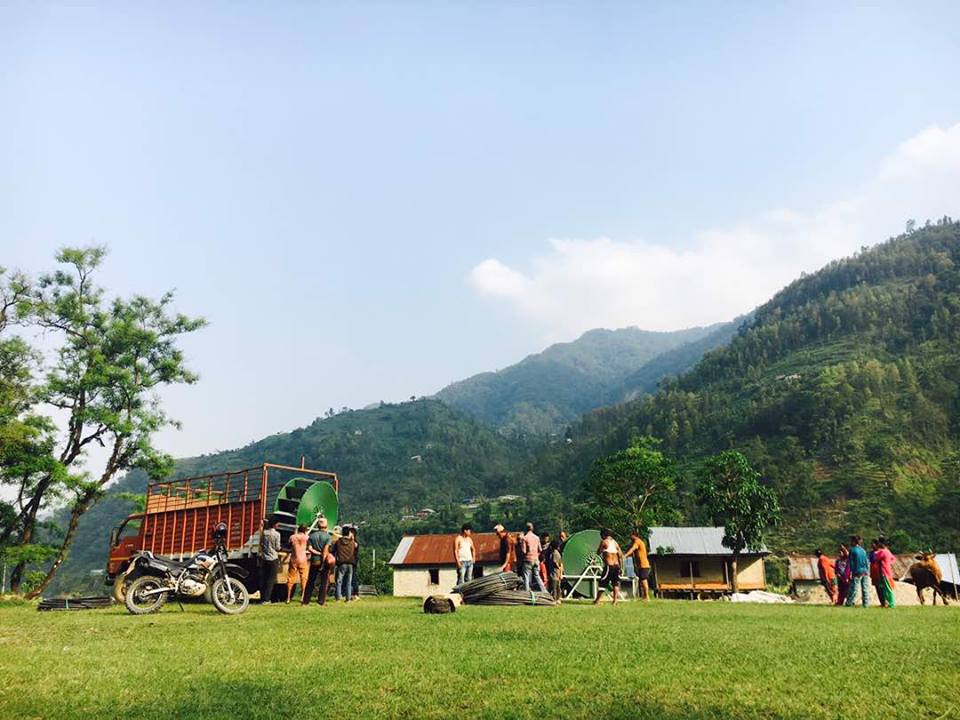
A new pump for Spain
Another recent project of aQysta is the development of a new type of pump; the Hy pump, specifically designed for the agricultural context of Spain. Now Spanish farmers use flood irrigation, a method in which a lot of water is lost. To make the transition towards the much more efficient drip irrigation some innovation is needed. “The challenge in making this shift is that you need a pump to create pressure from the irrigation canals into the drip system. This is why we are developing what you could see as the big brother to the Barsha pump; a hydro-powered pump to specifically be implemented in irrigation canals as opposed to rivers.” To continue their field testing in Spain, in collaboration with the local irrigation community, aQysta has recently been awarded a substantial financial grant by the European Commission.
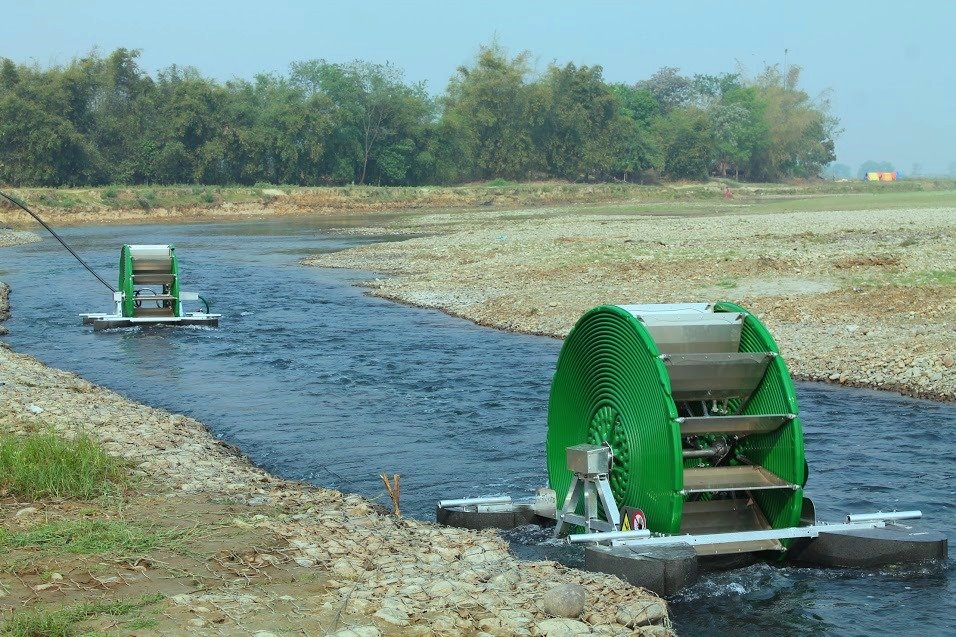
Global Challenges
Irrigation, pollution, prosperity, empowerment, self-reliance, nutrition
High-tech Science
Fluid mechanics, mechanical engineering, finite element method, material science
Co-Creation
Practical Action (Nepal), Securing Water for Food Programme (USAID, U.S.A.), Partners for Water (RVO, Netherlands), Hivos (Netherlands) and field tests in Ecuador, Indonesia and Nepal, European Commission, Spanish irrigation community, government of Spain.
Global Research Areas
